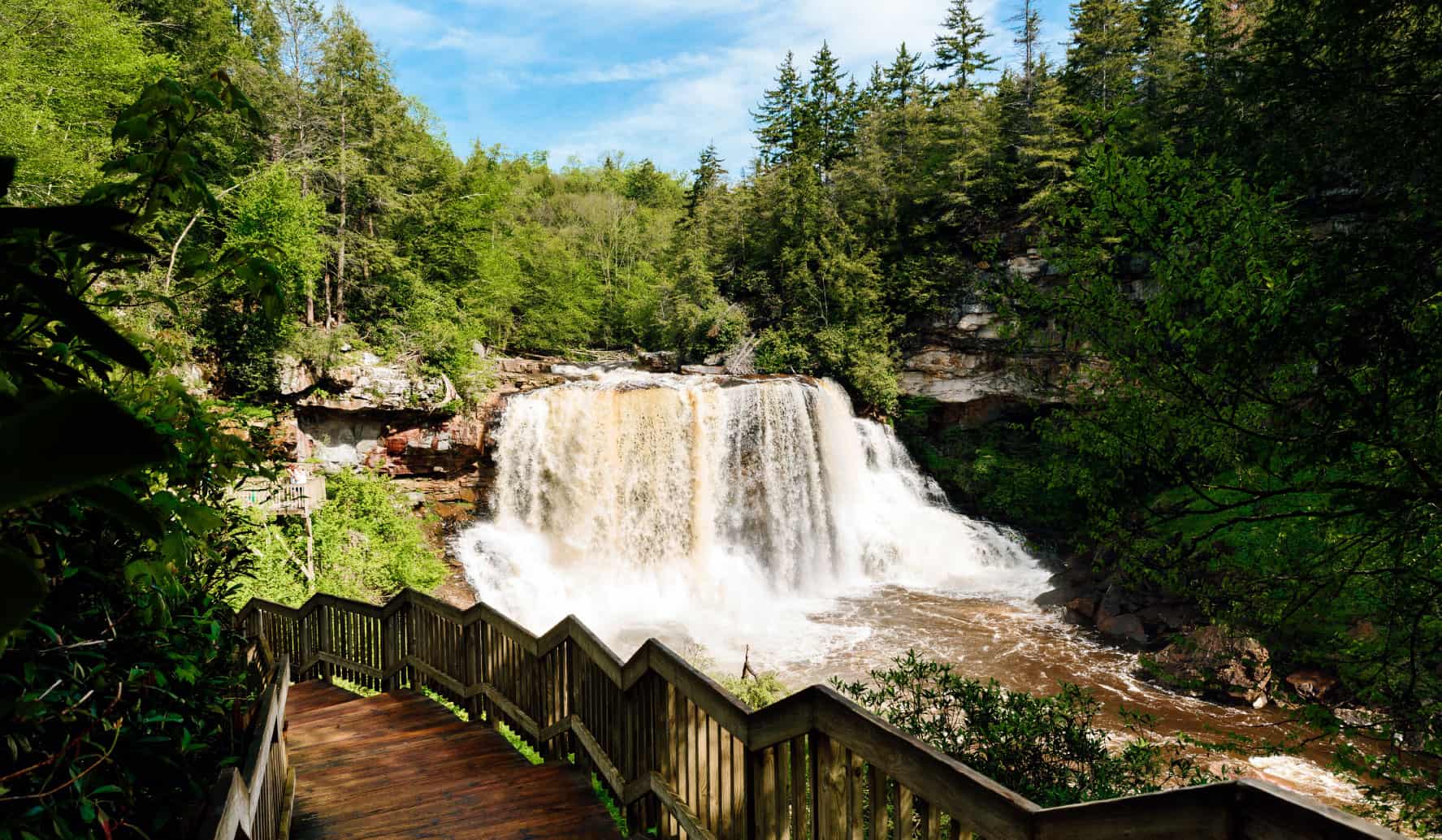
Wild, Wonderful West Virginia
Trying to imagine a retreat to West Virginia for those who are not from the mountains may prove to be challenging. The typical narrative may paint a rather bleak image. The common perception is that the area has a somewhat isolated population and you have the typical sing-song, “there’s nothing to do” murmur.
However, if you have spent any time in these hills, you know there is truly something special here. Everyone should have a chance to enjoy the magnificent, unspoiled vistas, abundant wildlife and recreation opportunities, and a certain peace that can only be found two miles in on a narrow, tree-lined hiking trail.
What makes Canaan Valley exceptionally unique destination starts with its uncommon geography in the Appalachian Mountains. Defined as the area between Cabin Mountain and Canaan Mountain, it is the highest valley East of the Rockies.
In 1994 the US Fish and Wildlife Service began to designate what ended up to be a total of 17,000 acres of wetlands, grasslands and forests as the 500th National Wildlife Refuge.
In the diagram below, you can see the foundation of the rock formations that support this high plateau area.

Diagram from West Virginia Department of Commerce
The 2011 Canaan Valley National Wildlife Refuge Comprehensive Conservation Plan details how the specific types of rock underly the Canaan Valley region. “The Canaan Valley was formed by the erosion of the Blackwater Anticline. More erosive rock in the center and edges of the valley created depressions surrounding the middle…[that] developed into the wetland areas.”
Blackwater River also begins in the southwestern end of the valley and flows on the Price Formation and Greenbrier Group rocks.
Climate Conditions
Due to its position at about 3,200 feet above sea level, the Canaan Valley has a climate, vegetation, and wildlife that are typically found in areas comparable to northern regions such as Canada, Maine or Alaska.
The winters are snowy, cold, and can drop to temperatures of 20 below. The summers are cool and moist with temperatures around 75 to 80 degrees. The dynamic of the mountains combined with the valley, causes the area to receive heavy precipitation all year.
This precipitation measures about 55 inches annually and, along with the colder-than-the-surrounding-areas climate, hardy plant and wildlife specifies thrive.
Vegetation Vistas
In this region there are over 580 types of plants with at least 54 of those classified as rare. The water in this area is so unique that 80% of the scarce flora are found in wetlands on the Greenbrier limestone.
Any one can take a hike past the striking mosses, sedges, heathers, balsam fir, cottongrass, cranberry, and Canadian blueberries amongst the rocky beauty. Take in the sights of the Canadian lily-of-the-valley and enjoy an incredible overlook. You will feel so small and in-awe when you see yourself in this scene.
The flora dots the landscape on volunteer-led wildflower walks. Shriver’s frilly orchid offers beautiful purple flowers while the starflowers offer delicate white bursts. Take photos to share as you may just see several remarkable blooms that not typically found in the mid-Atlantic. If desired, the staff and volunteers can provide educational materials to you or even coordinate an informal and age-appropriate field trip.
You won’t see this landscape in many other places; especially considering this area is only a 3-hour drive from Washington, DC or Pittsburgh, PA.
Wildlife Watching
In 2006, nearly 1 million visitors took a retreat to West Virginia with the sole purpose of wildlife watching. Many visit the Canaan area, specifically, to bird watch — ovenbirds, woodland warblers, ducks, herons, and various shorebirds show up sometimes. Most notably, the distinctive black and white bobolink may be spotted.
As a National Wildlife Refuge, the federal government is working to preserve this unique habitat for wildlife. Using binoculars, a spotting scope, or a zoom camera lens will let you take in the details of the expansive grasslands and wetlands. The Refuge also has binoculars and reference books that can be loaned to visitors.
Squirrels, whitetail deer, black bear, beaver, muskrat, raccoon, fisher, fox, coyote, salamanders, beavers, and bats can all be found. Naturalist-guided walks can point you in the right direction to see wildlife but also teach you about the history, culture and natural resources of the area. An extensive trail network exists for hiking, biking, x-country skiing, etc.

Fast Facts:
- Hunting is permitted in designated areas
- Fishing is permitted with permit
- Hiking, cross-country skiing, snowshoeing, horseback riding and bicycling are permitted on designated routes
- Dogs must be on a leash and compliant with regulations
- Off-Road vehicles are prohibited (ATVs and snowmobiles)
If you have any questions about visiting us in this awesome and exclusive geographic area in wild and wonderful West Virginia, please let us know. We over 30 cabin properties for rent and we would be happy to share the spots most suited for panoramic views or wildlife sightings.



